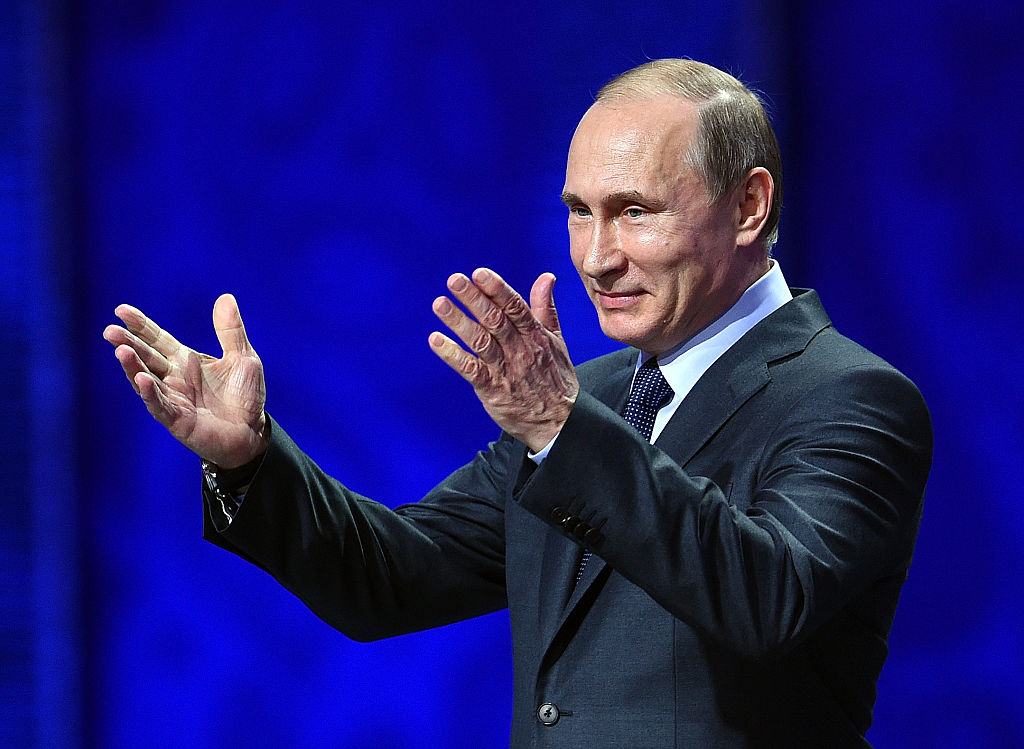Russia, the old joke goes, has long been a country with an unpredictable past. On September 22, 1939, for instance, Soviet Brigade Commander Semyon Krivoshein stood alongside German Generals Mauritz von Wiktorin and Heinz Guderian in Brest-Litovsk, Poland, to review a joint parade of Wehrmacht and Red Army troops who had recently occupied the town. The street was decorated with joined swastika and hammer-and-sickle banners celebrating the Nazi-Soviet Pact signed in Moscow less than a month before. Under the terms of the now-infamous secret annexe to that agreement, Hitler and Stalin agreed to divide Poland and the Baltic states between them – and less famously but more importantly to Berlin, the Soviets agreed to provide millions of tons of raw materials to fuel the German war machine. Stalin exchanged long personal letters with Hitler and Pravda printed cordial official birthday greetings to the Fuehrer.
Today, posting photographs of the Brest parade on Russian social media can get you imprisoned under a 2014 law criminalising “spreading intentionally false information about the Soviet Union’s activities during World War II” and “desecrating symbols of Russia’s military glory.

Get Britain's best politics newsletters
Register to get The Spectator's insight and opinion straight to your inbox. You can then read two free articles each week.
Already a subscriber? Log in








Comments
Join the debate for just £1 a month
Be part of the conversation with other Spectator readers by getting your first three months for £3.
UNLOCK ACCESS Just £1 a monthAlready a subscriber? Log in